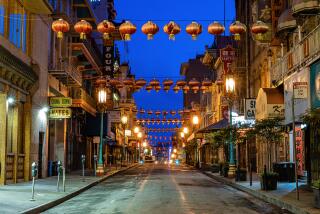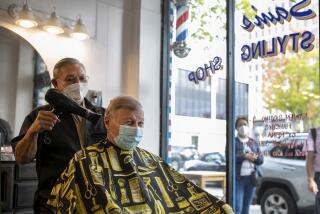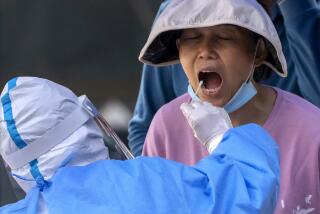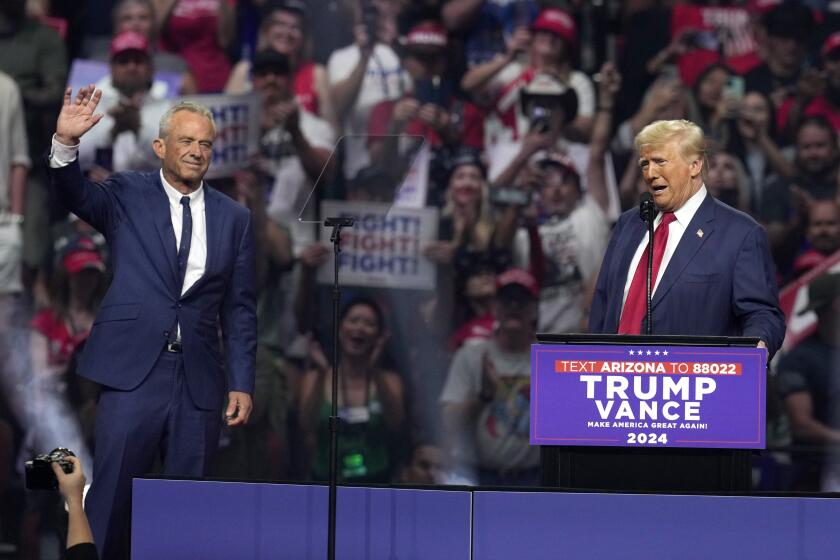Op-Ed: How to balance saving lives and rescuing the economy as coronavirus rages on
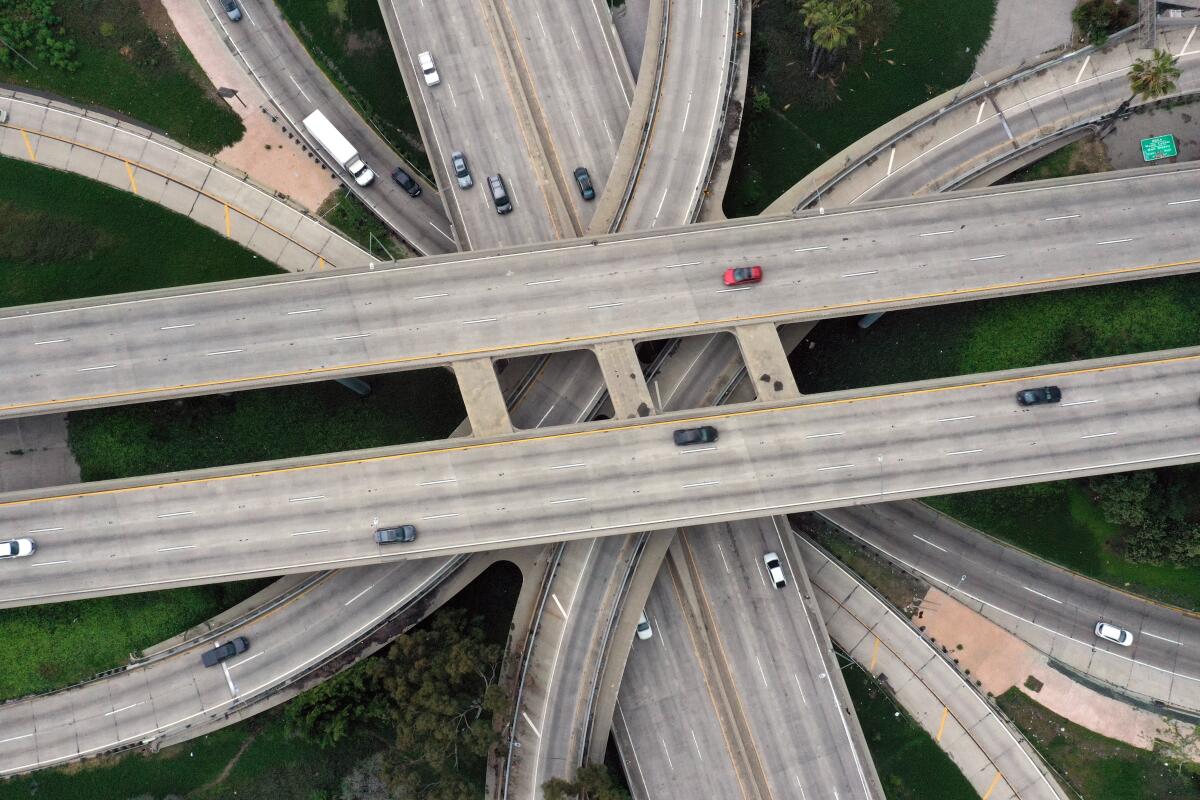
New York Gov. Andrew Cuomo, whose state is suffering the worst coronavirus outbreak in the nation, asked recently whether it’s necessary to shut down the entire economy to save a single life.
Cuomo was being rhetorical — and he was purposefully setting an unrealistic bar. More than 100 people in New York City have died from the virus, and clearly many more lives are at stake.
But the idea embedded in his question — that there are trade-offs between halting the disease and minimizing the economic meltdown — is important for politicians to consider. President Trump was inexcusably slow to admit to the pandemic’s severity, and I fear that his solutions now — an arbitrary Easter deadline, for instance — could be reckless. However, the trade-offs he and others have raised are real.
A prolonged and draconian economic freeze will have its own negative health and social effects. And it is the job of policymakers to weigh competing costs and risks. We do it all the time.
We set the speed limit at 65 mph, and in 2019 more than 38,000 Americans died in auto accidents. A lower limit — say 30 mph — would vastly reduce the number of deaths.
Each year, approximately 15,000 Americans die from non-self-inflicted gun deaths. Were we to confiscate all guns in house-to-house searches, it would surely save lives.
The common flu felled tens of thousands of Americans this season. Requiring more social distancing and mandatory vaccinations would sharply reduce flu exposure and death.
Not all of these policies were necessarily optimal; the point is that public policy involves trade-offs, with costs on either side. And politicians should be encouraged to openly debate these trade-offs.
No one likes to speak of the economic costs of lives, but doing so is embedded in what economists do. Loggers receive higher pay than warehouse workers — partly as “payment” for performing a job with an enhanced risk.
In lawsuits, courts award settlements partly based on the size of the injured party’s projected lost income. Younger workers are compensated more highly, because they would have been productive for more years.
The social distancing and economic cooling America has practiced in recent weeks has been necessary, especially in light of our woeful unpreparedness. But legislators need to consider the economic consequences of continuing these measures over the long haul, balancing costs and benefits.
The stimulus will help, but the strength of the economy isn’t our paper (dollars and digital dollars) but our economic output. That can shut down perhaps for a period of weeks without long-term damage, but an economic freeze that extended many months would have extremely serious consequences — including, eventually, higher mortality, widespread avoidance of health regulations, smuggling, black markets and lawlessness.
The point is not to fault the so-far relatively brief blanket on economic activity. It is that, if and as the epidemic endures, restrictions should be sensible and targeted.
Restrictions might be greater in Manhattan and less extreme in areas with lower densities and lesser outbreaks. Small businesses that interact with small numbers of people might be treated differently from baseball stadiums.
Behind each of those small businesses is an entrepreneur, often a family, that invested capital, work, hope and a portion of their lives. These are the engines of job creation in the future. Letting them fail in large numbers would have catastrophic consequences.
In Cambridge, Mass., where I live, the city has shut down all construction, residential and commercial. There is a difference between permitting a large crew to enter an apartment building and allowing a two-person team to enter a single-family home.
Both have risks — but the scale matters. We are dealing with trade-offs on both sides. The rush to close primary schools should be reconsidered in the light of competing costs. Each of those kids has parents who, by their presence at home, is wrested from the workforce. In the case of young children, a prolonged isolation could cause enduring harm to both learning and socialization.
Right now, officials in some states face opprobrium for any measures save the most draconian. They are being pushed by highly speculative predictions based on worst-case scenarios and mathematical modeling of a sort that has proved flawed in the past.
Models work well when the subjects being modeled cannot adjust their behavior to affect the result. But, as we have seen time and again in the financial world, modeling can fail. In the face of a financial panic, for example, selling can provoke panic selling far beyond what a model might have predicted.
People also adjust their behavior in a pandemic. Countries in Asia have flattened the curve, and more, with far lesser rates of contagion than California Gov. Gavin Newsom and some other officials have warned of here. Pollyannish denial is no solution — but worst-case forecasts can also be harmful to the social order.
Countries have arrested the virus with a mix of relatively brief but severe restrictions on travel and output (China), and extensive testing and quarantines for those who are ill, with fewer economic restrictions (South Korea.)
Some of each of these will apply here, in varying degrees according to the geographic area and the industry. We should assess these tools — and the expected costs and benefits — less like politicians or Republicans or Democrats, and more like economists.
Roger Lowenstein is a financial journalist and former staff writer for the Wall Street Journal. He is the author of, among other books, “Buffett: The Making of an American Capitalist.”
More to Read
A cure for the common opinion
Get thought-provoking perspectives with our weekly newsletter.
You may occasionally receive promotional content from the Los Angeles Times.
